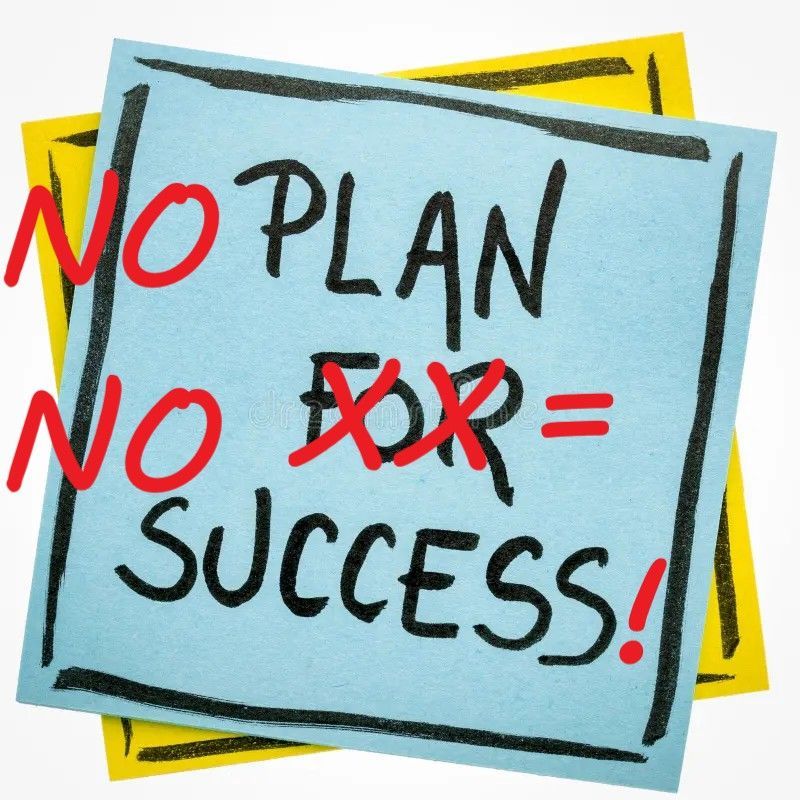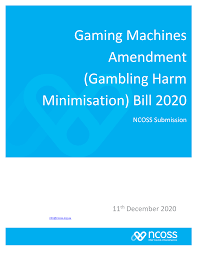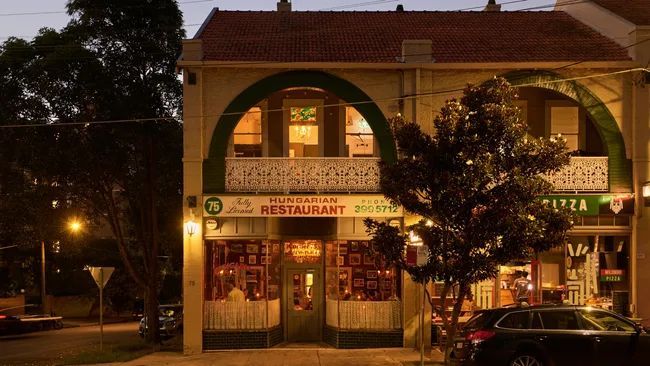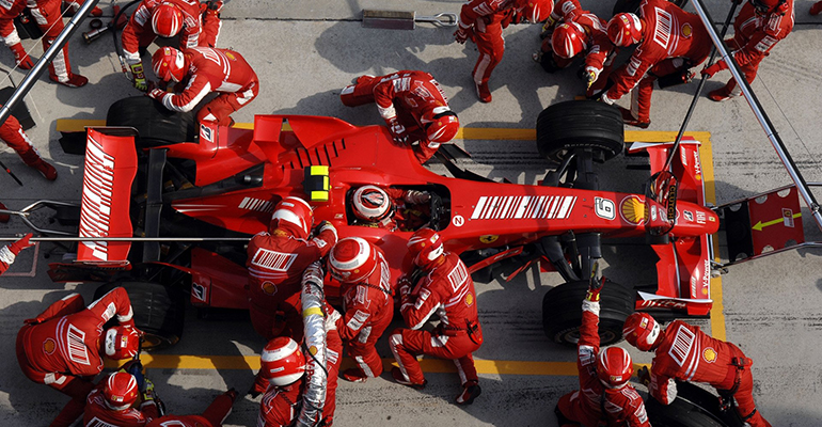Planning for the future
If only we had a crystal ball

If only we had a crystal ball to predict the future with crystal clarity. But then we would all be Lottery millionaires. Back down here on earth, the reality is we need to ‘plan for the future’ with the best information available to us at the time. We cannot control the future, so the best we can do is plan for what we want our future to be, and try to allow for various contingencies that may arise.
One of my favourite mantras is “There are no problems, only opportunities”. I am an eternal optimist and so always see the upside of situations and work with the approach that optimists see a solution for every problem, whilst pessimists see a problem for every opportunity.
For me the best planning team is made up of optimists and pessimists (or devil’s advocates as I call them) so that the (sometimes) high flying optimists get a touch of reality to ground them from the devil’s advocates.
Is Strategic Planning still relevant?
There are so many opinions out there globally on strategic planning –
X How far ahead should you plan - 3 years, 5 years or even 25 years?
X Who should be involved in planning – the board, management or both?
X Should you use an outside facilitator?
x What should the final plan look like – a Plan on a page or more detailed?
x Is a SWOT analysis really useful or not?
In the modern business world, things evolve at such a rapid rate, how do you plan for the constant evolution of the business environment? How do you account for the local and global impact of AI (Artificial Intelligence), Digital Technology generally, the commensurate Cybersecurity risk, managing resources (Human, Financial and Physical), managing constantly rising costs and the inherent challenge to profitability and therefore, business sustainability?
I believe we still need to do strategic planning in any business. With the registered club industry, there can be resistance to change, and this can lead to serious consequences for those clubs that do not respond to the changes in their communities.
I also believe that a SWOT Analysis still has relevance, but it is only one element of the analyses you need to do to plan effectively. When I facilitate a Strategic Planning session for a club or other Not for Profit (NFP) organisations, I add in a few other elements. I am not going to go into detail on this analysis, but you can work some of it out for yourself (although there is a twist in the acronyms) –
x What is working and What is not?
x What is G.O.O.D for the Business?
x What is B.A.D for the Business?
You also need to consider the three key resources (mentioned above) required now, in the mid-term future and the longer term future.
Strategic Plan vs. Master Plan
Many businesses (clubs in particular) often confuse a Strategic Plan with a Master Plan (for their premises). In my planning world, a Strategic Plan focuses on what the business needs to do to deliver profit, growth and respond to the customers needs.
A Master Plan on the other hand is purely a plan for the development of the physical resource(s) like the club house and facilities, or a factory, plant and equipment, that is part of allowing a strategic plan to deliver on the business goals.
For most organisations, I advocate that the Strategic Plan will deliver the cashflow, profit and accrue the financial resources to underpin the eventual implementation of the physical Master Plan. Many renovations, expansions or upgrading of plant and equipment (including the technology needed to run businesses these days) represent a major capital investment – often in the tens of millions of dollars, so implementing an effective Strategic Plan to deliver the financial resources to fund the physical resources is a critical path.

Crisis Preparedness Planning
I harp on this theme incessantly too – if you are planning for success, you must also plan for disaster! As I said in the opening, we cannot control the future, and the best laid plans can run foul of unexpected challenges, as we are seeing yet again in the mid north of NSW, now experiencing record breaking flooding completely destroying businesses.
Insurance is only one strategy to handle contingencies – crisis management and business continuity planning is essential to maximise the chance of the business surviving a catastrophe like flood, fire, malicious digital attack and other challenges to the business.

I also go back to the old saying from Benjamin Franklin “If you fail to plan, you plan to fail”. When it comes to planning the future, you really do need to look at both the positives and potential negatives, to be fully planned and prepared. Plan for the best and prepare for the worst and you have all bases covered. I have worked with clubs that have had the worst happen – club fire – and with no contingency planned by the board and senior management, they struggled to recover.
Identifying things like alternate temporary premises, or alternate food options, so the club can continue to trade, can be the crucial difference for the club surviving the worst.
If you are looking to create or review a Strategic Plan, or Master Plan, contact Ron Browne, Managing Consultant ron@extrapreneurservices.com.au 0414 633 423.










